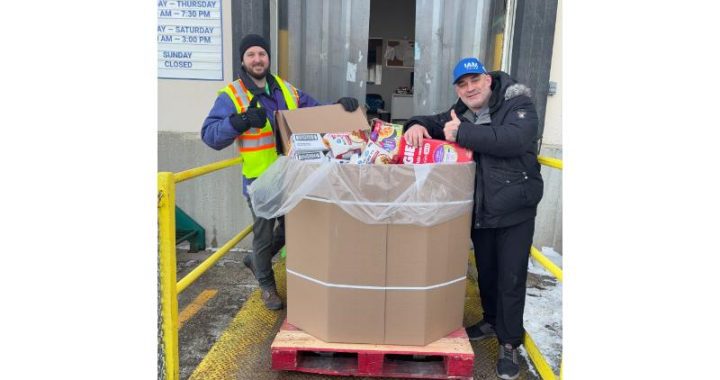On behalf of District 140, a donation was made to the Muslim Welfare Canada Food Bank by General Chairperson Mahmoud Khatib and his family. To make the impact even stronger, Mahmoud personally matched the donation, bringing the total to $500.00 worth of food for families in need.
This is what solidarity looks like beyond the workplace. Giving back, lifting others up, and supporting our communities where it matters most. Actions speak louder than words.





